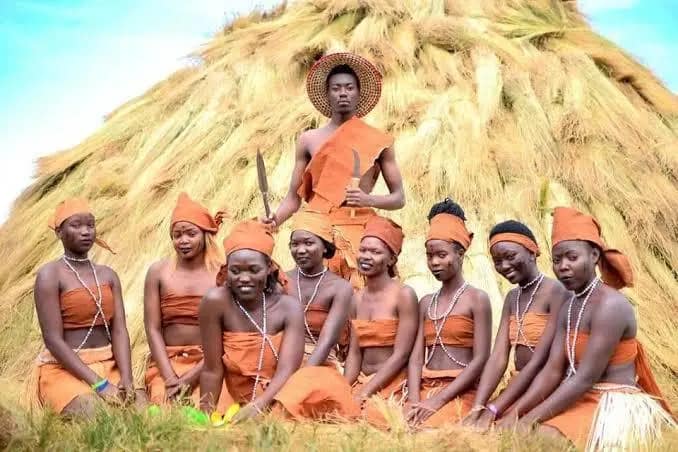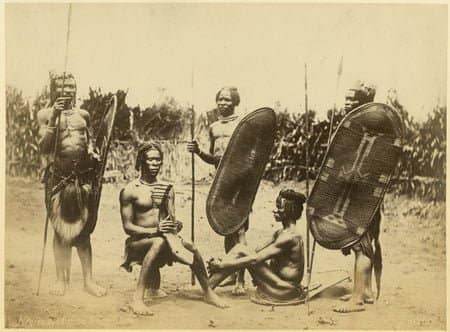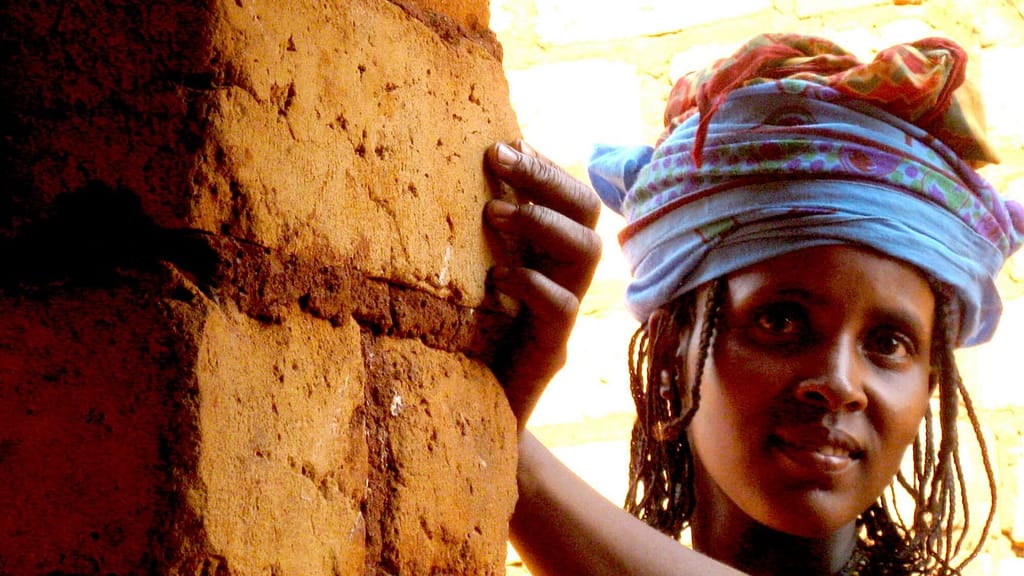People & Culture
The Mighty Zande People: An Exploration of Their Culture, History, and Traditions

Published
2 years agoon
By
M N Ridwan
The Zande people are an ethnic group that primarily resides in the Central African Republic and the Democratic Republic of Congo.
With a population estimated to be over one million, they are one of the largest ethnic groups in Central Africa. The Zande have a rich and diverse cultural heritage that has been passed down through generations and continues to influence the lives of its people today.
The Zande have a deep reverence for their ancestral traditions and beliefs, which are centered around the worship of spirits and ancestors. They believe that the spirits of their ancestors have the power to affect their daily lives and therefore, they perform various rituals and ceremonies to appease them. These rituals are often performed by a diviner or priest, known as a “nganga,” who acts as a mediator between the living and the dead.

One of the most significant rituals in Zande culture is the “Mangbetu,” which is a coming-of-age ceremony for young men. During this ceremony, the young men undergo a series of tests and trials to prove their bravery and physical strength. The trials can include hunting expeditions, wrestling matches, and other physical challenges. The young men are also taught the history and traditions of their people, and they learn the skills they need to be successful in adulthood.
Another important aspect of Zande culture is their love of music and dance. The Zande have a rich tradition of musical expression, and their music is an integral part of their ceremonies and rituals. They use a variety of instruments, including drums, xylophones, and flutes, to create complex and vibrant rhythms. Their dances are an important part of their cultural identity and are performed to celebrate life events such as births, weddings, and harvest festivals.
The Zande are also known for their intricate and beautiful art and craftsmanship. They are skilled in wood carving, pottery, and weaving, and their artwork reflects their spiritual beliefs and the natural world around them. They believe that their art is a way of expressing their connection to the spirits and ancestors, and it serves as a visual representation of their cultural heritage.

In terms of social organization, the Zande have a hierarchical society that is led by a king, known as the “Mwami.” The Mwami is responsible for the well-being of his people and is considered to be a spiritual leader, with the power to communicate with the spirits and ancestors. He is assisted by a council of advisors and regional chiefs who help him govern the various communities within the Zande territory.
Despite their rich cultural heritage, the Zande have faced numerous challenges in recent years, particularly as a result of conflict and instability in the Central African Republic. The conflict has disrupted their traditional way of life and has led to the displacement of many Zande families. This has had a profound impact on their cultural practices, as they have been forced to adapt to new and unfamiliar surroundings.
In conclusion, the Zande culture is a vibrant and rich expression of the history and beliefs of one of Central Africa’s largest ethnic groups.
Their music, art, and spiritual beliefs are an integral part of their cultural identity and continue to influence the lives of the Zande people today. Despite the challenges they face, the Zande continue to preserve and celebrate their cultural heritage, and it remains an important part of their lives.












